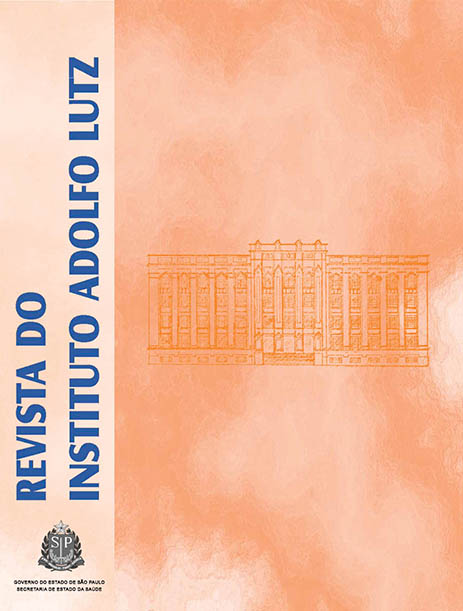Effect of dietary regime supplemented with soybean oil on the lipid profile and chemical composition of Nile tilapia (Oreochromis niloticus)
Keywords:
Oreochromis niloticus, fat, fatty acids, muscle
Abstract
The diet induces a pronounced effect on fish carcass composition. This study aimed at evaluating the nutritional quality of lipid fraction of muscle tissue of tilapias (Oreochromis niloticus), which were fed with different soybean oil (OS) contents. The fishes were fed for 21 days with diets containing 5.98% of total lipid (TL) from a commercial feed without soya oil supplementation (A), the same feed plus 2% of soy oil (B) and plus 4% of soy oil (C). No significant differences (p > 0.05) were found in moisture, ash, crude protein and TL (0.98 to 1.08%) contents of fish muscles tissues resulting from the treatments. Twenty-five fatty acids were separated and identified, and, depending on the diet, significant differences (p < 0.05) were found among the majority of them. Away of the treatment, the predominance, in decreasing order, was: 16:0, 18:1n9, 18:2n6, 18:0, 20:4n6 and 22:5n6. The addition of 2% of soy oil into the commercial feed showed the best perspectives to promote the fish growth, without producing an effect on the lipid fraction composition and nutritional quality, due to the high polyunsaturated contents and remarkably n6. This oil is a satisfactory raw material for being partially included into the diet.
Published
2012-01-01
How to Cite
Druzian, J. I., Machado, B. A. S., Souza, C. O. de, Fraga, L. M., Duran, V. de A. A., Burghgrave, U. S. de, Bastos, B. L., Albinati, R. C. B., & Guimarães, J. E. (2012). Effect of dietary regime supplemented with soybean oil on the lipid profile and chemical composition of Nile tilapia (Oreochromis niloticus). Revista Do Instituto Adolfo Lutz, 71(1), 85-92. Retrieved from https://periodicoshomolog.saude.sp.gov.br/index.php/RIAL/article/view/32395
Issue
Section
ORIGINAL ARTICLE










